Magnesium oxide (MgO), with its chemical stability, safety, and specific physicochemical properties, has extensive and important applications in the pharmaceutical and food industries. It not only serves as a raw material in product production but also plays functional roles such as regulation and improvement. The following is a classification of its specific application products in these two industries.
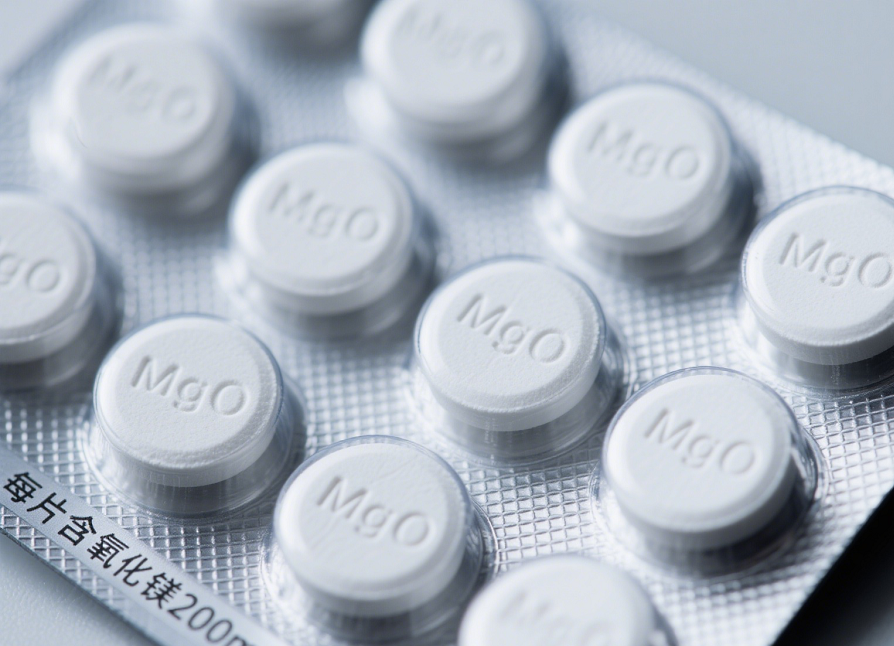
Applications of Magnesium Oxide in Pharmaceutical and Food Industry Products
I. Application Products in the Pharmaceutical Industry
In the pharmaceutical field, magnesium oxide is mainly used as a pharmaceutical excipient or active ingredient to regulate drug performance and treat specific diseases. Common products include:
1. Antacid Drugs
- Magnesium Oxide Tablets: This is the most direct application form. As an antacid, magnesium oxide can neutralize gastric acid (mainly composed of hydrochloric acid), relieving symptoms such as stomach pain, heartburn, and acid regurgitation caused by excessive gastric acid. Its mechanism of action is to react with gastric acid to form magnesium chloride and water, reducing gastric acidity with a mild and long-lasting effect.
- Compound Antacid Preparations: Often formulated with ingredients such as aluminum hydroxide and magnesium trisilicate to make compound tablets or suspensions (e.g., compound magnesium oxide mixture). Such compound preparations can balance the action time and intensity of each component and reduce side effects of a single component (for example, the mild laxative effect of magnesium oxide can be alleviated by the astringent effect of aluminum hydroxide).
2. Laxative Drugs
Magnesium oxide can react with water in the intestines to form magnesium hydroxide, which stimulates intestinal peristalsis and absorbs water to soften feces, thereby exerting a laxative effect. Therefore, some laxative drugs contain magnesium oxide to treat constipation.
3. Magnesium Supplement Drugs
Magnesium is an essential mineral for the human body, participating in various physiological processes. When the human body is deficient in magnesium, supplementation through drugs is necessary. As a common source of magnesium supplements, magnesium oxide can be made into chewable tablets, capsules, etc., for preventing and treating magnesium deficiency (such as hypomagnesemia caused by unbalanced diet, malabsorption, etc.).
4. Pharmaceutical Excipients
- Tablet Filler: Magnesium oxide has certain fluidity and compressibility, so it can be used as a filler in tablets to increase the weight and volume of tablets, facilitating molding and administration.
- pH Regulator: In some liquid preparations (such as injections and oral liquids), magnesium oxide can adjust the pH value of the liquid medicine, maintain the stability of the preparation, and ensure that the active ingredients of the drug are not destroyed.
- Adsorbent: Utilizing its adsorption property, it can assist in adsorbing impurities or excess water in some pharmaceutical preparations to improve drug purity.
II. Application Products in the Food Industry
In the food industry, magnesium oxide is mainly used as a food additive to play roles in nutrition fortification, acidity regulation, and texture improvement. Related products cover various categories:
1. Nutritionally Fortified Foods
- Infant Formula Foods: Magnesium is an essential element for infant growth and development. Magnesium oxide can be added as a source of magnesium to infant formula milk powder, rice flour, and other products to meet infants’ magnesium needs and promote bone and nervous system development.
- Functional Beverages: Some sports drinks and nutritional supplement drinks contain magnesium oxide to replenish magnesium lost by the human body during exercise or special physiological states and maintain electrolyte balance.
- Nutritional Cereals and Meal Replacement Foods: In such foods that focus on nutritional balance, magnesium oxide is used as a nutritional fortifier to increase the magnesium content of the products and enhance their nutritional value.
2. Food Processing Aids
- Flour and Flour Products: In flour processing, magnesium oxide can be used as an anti-caking agent and improver to prevent flour from caking, and at the same time improve the rheological properties of dough, making flour products (such as bread and biscuits) have a looser texture and better taste.
- Candies and Chocolates: As a pH regulator and stabilizer, magnesium oxide can adjust the acidity of candies and chocolates, prevent them from deteriorating due to acidity changes during storage, and help maintain the shape and taste of the products.
- Dairy Products: In some fermented dairy products (such as yogurt and cheese), magnesium oxide can adjust the pH value of the fermentation environment, promote the growth and reproduction of lactic acid bacteria, and improve the flavor and texture of the products.
3. Health Products
Health products with magnesium oxide as the main component or important excipient (such as magnesium supplement capsules and tablets) are aimed at people who need additional magnesium supplementation (such as the middle-aged and elderly, athletes, etc.) to enhance immunity and maintain bone health.
4. Other Foods
- Pickled Foods: In the process of pickling meat, vegetables, etc., magnesium oxide can help adjust the pH of the pickling solution, inhibit the growth of harmful microorganisms, and extend the shelf life of food.
- Jellies and Puddings: As a stabilizer, it helps maintain the gel structure of jellies and puddings, making their texture more uniform and elastic.
Summary
Magnesium oxide is an important medicinal ingredient and excipient in the pharmaceutical industry, involved in the production of antacid, laxative, and magnesium supplement drugs. In the food industry, it is used as a nutritional fortifier and processing aid, widely applied in various foods and health products. Its applications are based on its safety and stability, and it must strictly comply with relevant industry standards (such as pharmacopoeias and food additive use standards) to ensure product quality and safety. With the increasing demand for natural and functional ingredients, the application prospects of magnesium oxide in these two industries will continue to expand.
 Magnesium oxide_magnesium hydroxide_magnesium carbonate manufacturer-Zehui Group
Magnesium oxide_magnesium hydroxide_magnesium carbonate manufacturer-Zehui Group


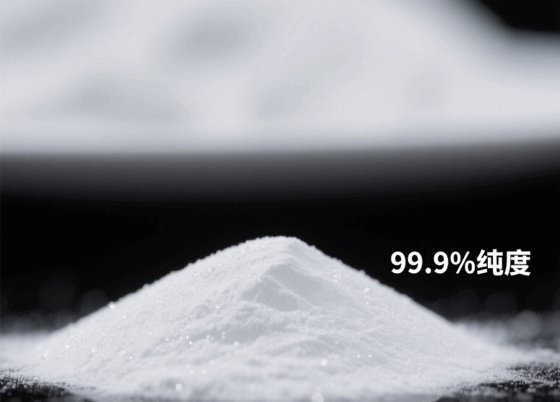
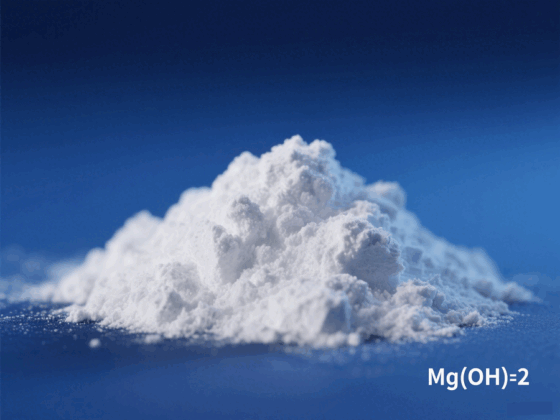
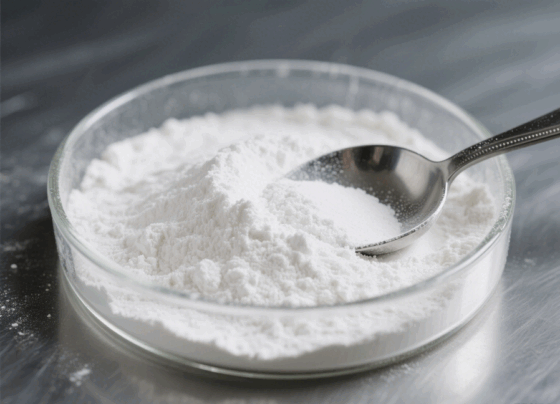

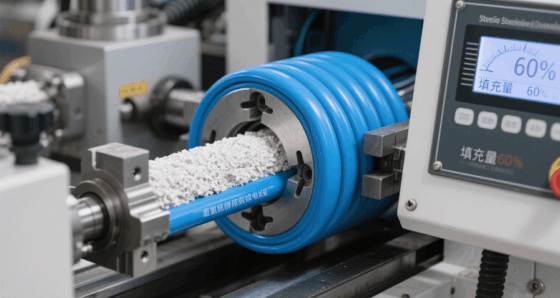
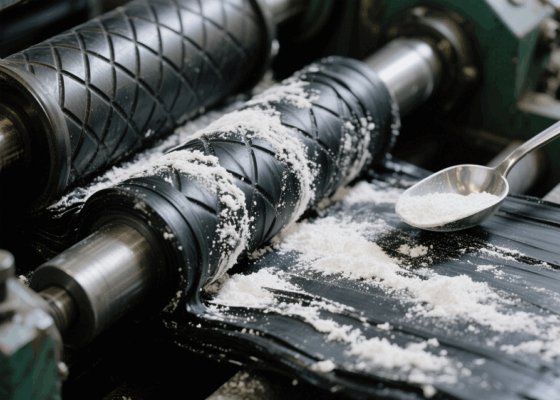


I like your blog.